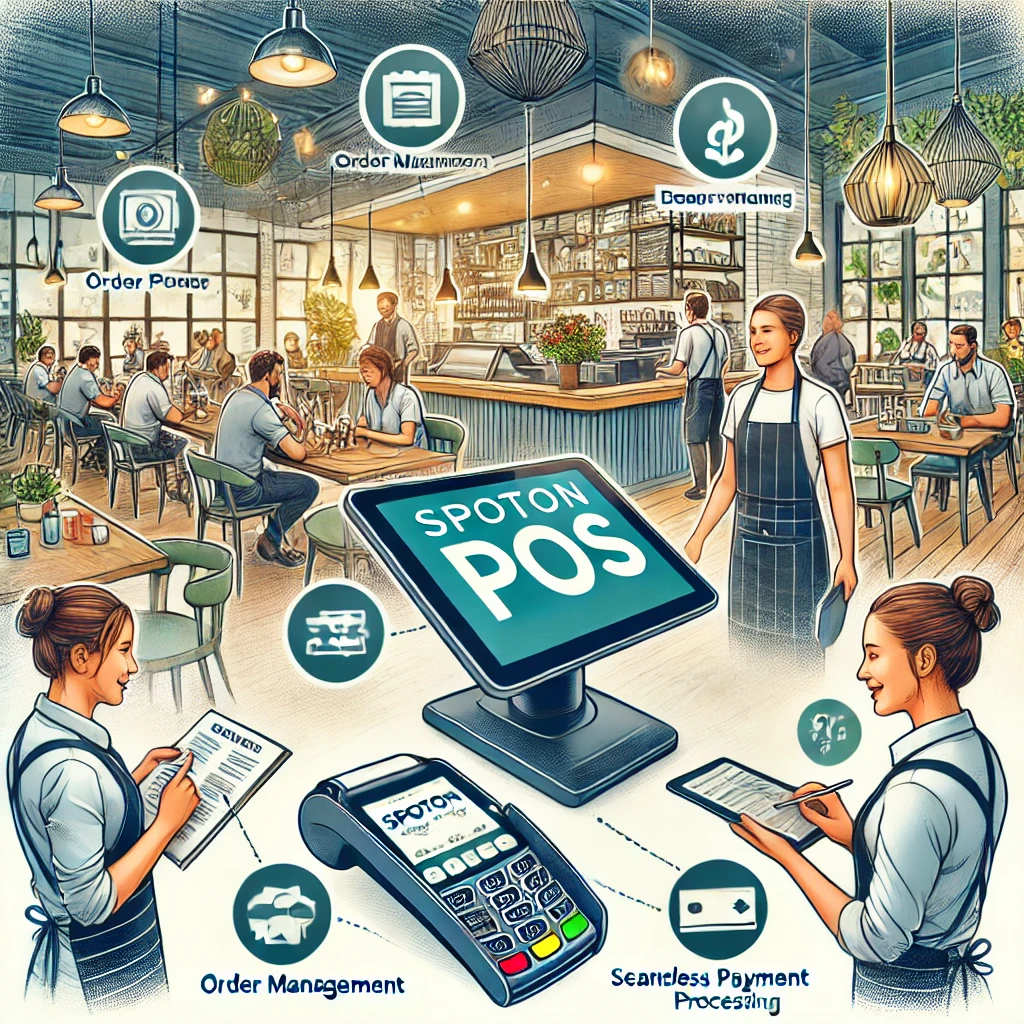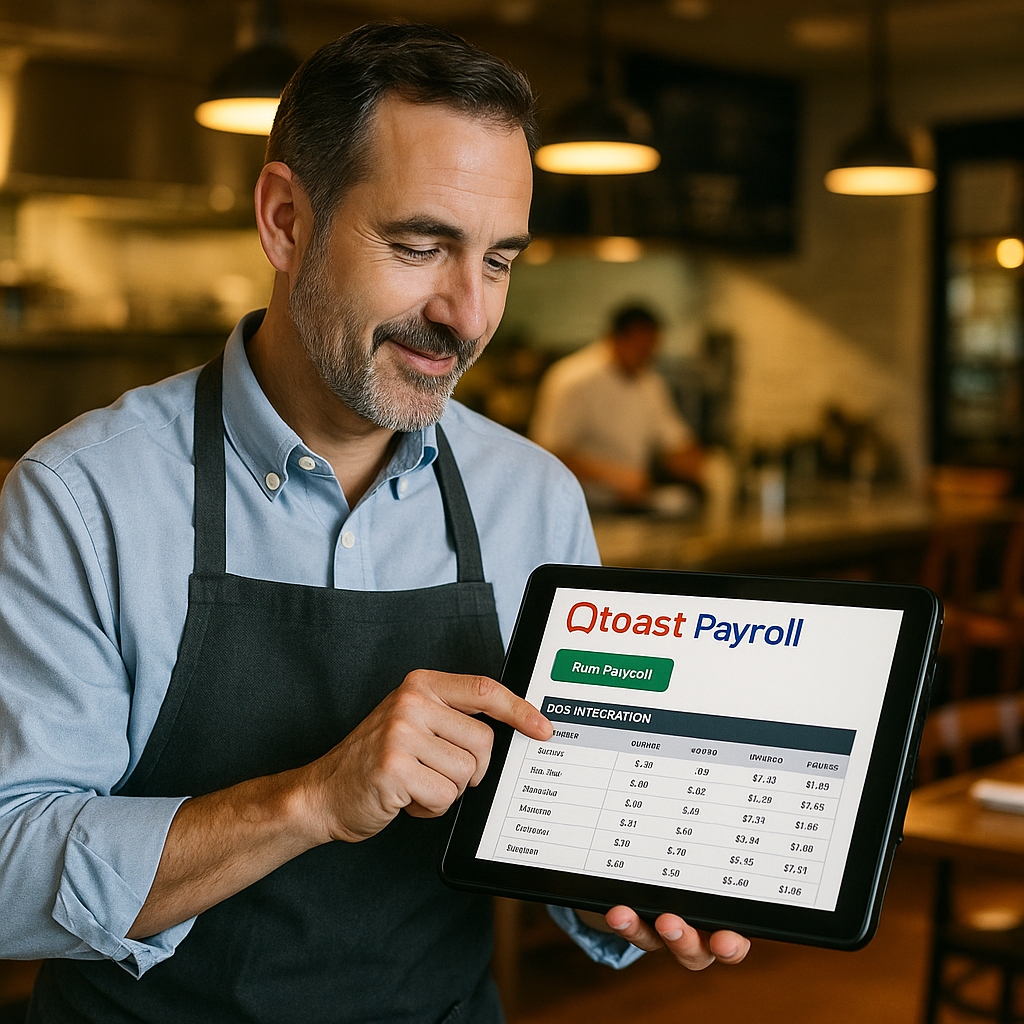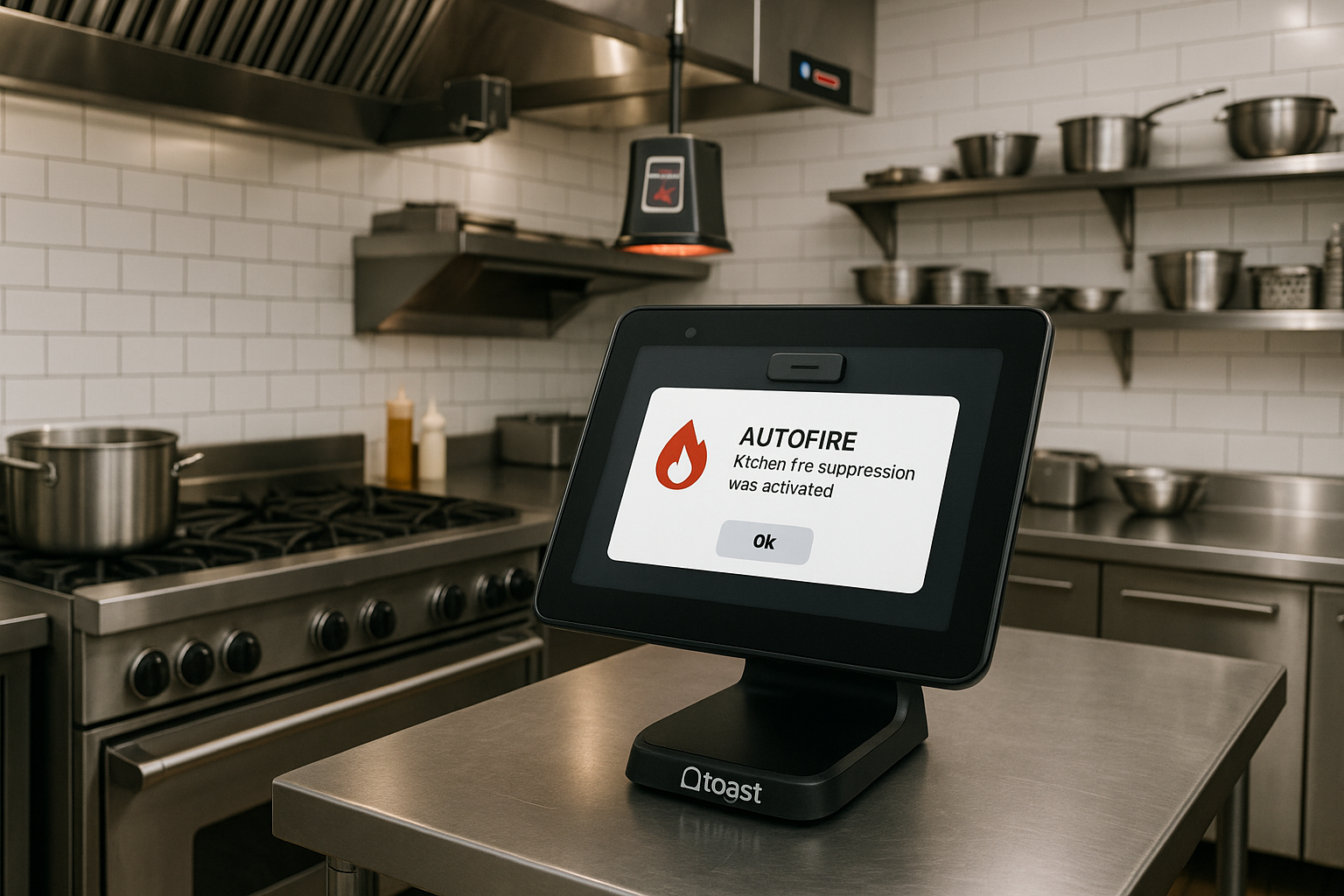An Overview of SpotOn POS and Its Features
Introduction
SpotOn POS has gained popularity among restaurant owners seeking a robust and user-friendly point-of-sale solution. With features tailored for the hospitality industry, SpotOn aims to streamline operations while enhancing customer experiences. From order management to payment processing, the platform integrates multiple functionalities to meet the diverse needs of modern restaurants.
This innovative system provides customizable options, allowing restaurant owners to select features that align with their specific operational requirements. SpotOn’s user interface is designed to be intuitive, which helps minimize the learning curve for staff and promotes efficient service. Additionally, the platform offers valuable reporting tools that enable owners to analyze sales data, optimize inventory, and track employee performance.
Adopting SpotOn also means leveraging advanced technology, including cloud-based architecture. This ensures that restaurant owners can access their systems remotely and receive updates seamlessly. Thus, understanding the costs involved in owning and running SpotOn is essential for any restaurant considering this investment.
Breakdown of Initial Setup Costs for SpotOn
The initial costs of setting up SpotOn POS can vary significantly based on the specific features and hardware selected by the restaurant owner. Generally, these costs encompass equipment purchases, installation fees, and software licensing. For instance, the purchase of POS terminals, printers, and payment processing devices constitutes a substantial portion of the initial investment.
In addition to hardware, setup fees may include the installation of the software and training for staff. Investing in comprehensive training is critical to ensuring that employees can maximize the system’s capabilities from day one. SpotOn often provides training and support bundles, which can be an additional cost that restaurant owners should factor into their budget.
It’s also important to consider any promotional discounts or packages that SpotOn may offer. These can help mitigate initial expenses but may require a commitment to specific terms. Thus, prospective buyers should conduct thorough research and potentially consult with SpotOn representatives for the most accurate cost estimates.
Ongoing Operating Costs Associated with SpotOn
Beyond the initial expenses, restaurant owners must also account for ongoing operating costs associated with SpotOn. These include subscription fees for software updates and support, transaction fees for processing payments, and potential hardware maintenance costs. Understanding these recurring expenses is essential for effective financial planning.
Typically, SpotOn operates on a subscription model, charging monthly fees that cover software access and support services. Additionally, there may be transaction fees tied to credit card processing, which can vary depending on the payment processor chosen. These fees can accumulate over time, impacting the overall cost of ownership.
Moreover, restaurant owners should be aware of potential costs associated with system upgrades and additional features. As technology evolves, having a scalable system like SpotOn that allows for the addition of new functionality is beneficial, but it can also lead to more expenses. Therefore, budgeting for ongoing costs is crucial to maintaining a sustainable operation with SpotOn POS.
Evaluating the Value Proposition of SpotOn POS
While the costs of owning and running SpotOn may appear significant, evaluating its value proposition is essential. SpotOn offers features that can significantly enhance operational efficiency, improve customer satisfaction, and ultimately drive sales growth. By streamlining processes and reducing transaction times, the system equips restaurants to provide better service.
Additionally, the data analytics capabilities inherent in SpotOn allow restaurant owners to make informed decisions based on real-time feedback. This can lead to improved menu offerings, targeted marketing strategies, and ultimately, a better bottom line. The ability to track performance metrics can justify the initial and ongoing costs associated with the POS system.
In essence, while there are costs involved in owning and running SpotOn, the potential return on investment through increased efficiency and improved customer experiences may outweigh these expenses. Restaurant owners should weigh these factors carefully, ensuring that their choice in POS systems aligns with their strategic goals.
Conclusion
Understanding the costs associated with SpotOn POS—both initial and ongoing—is vital for restaurant owners considering this solution. By comprehensively evaluating these expenses against the system’s features and potential benefits, businesses can make informed decisions that ensure long-term success.


